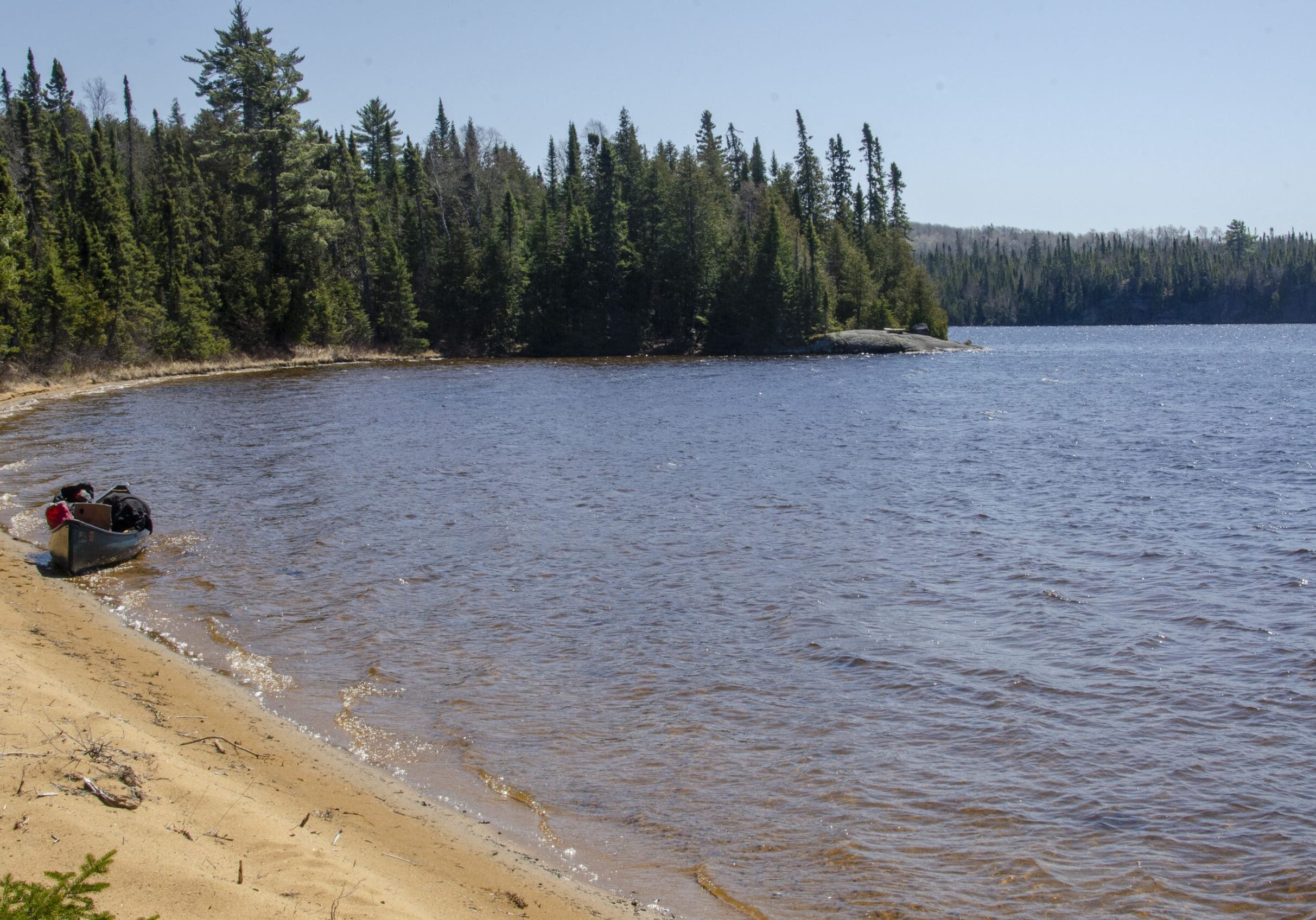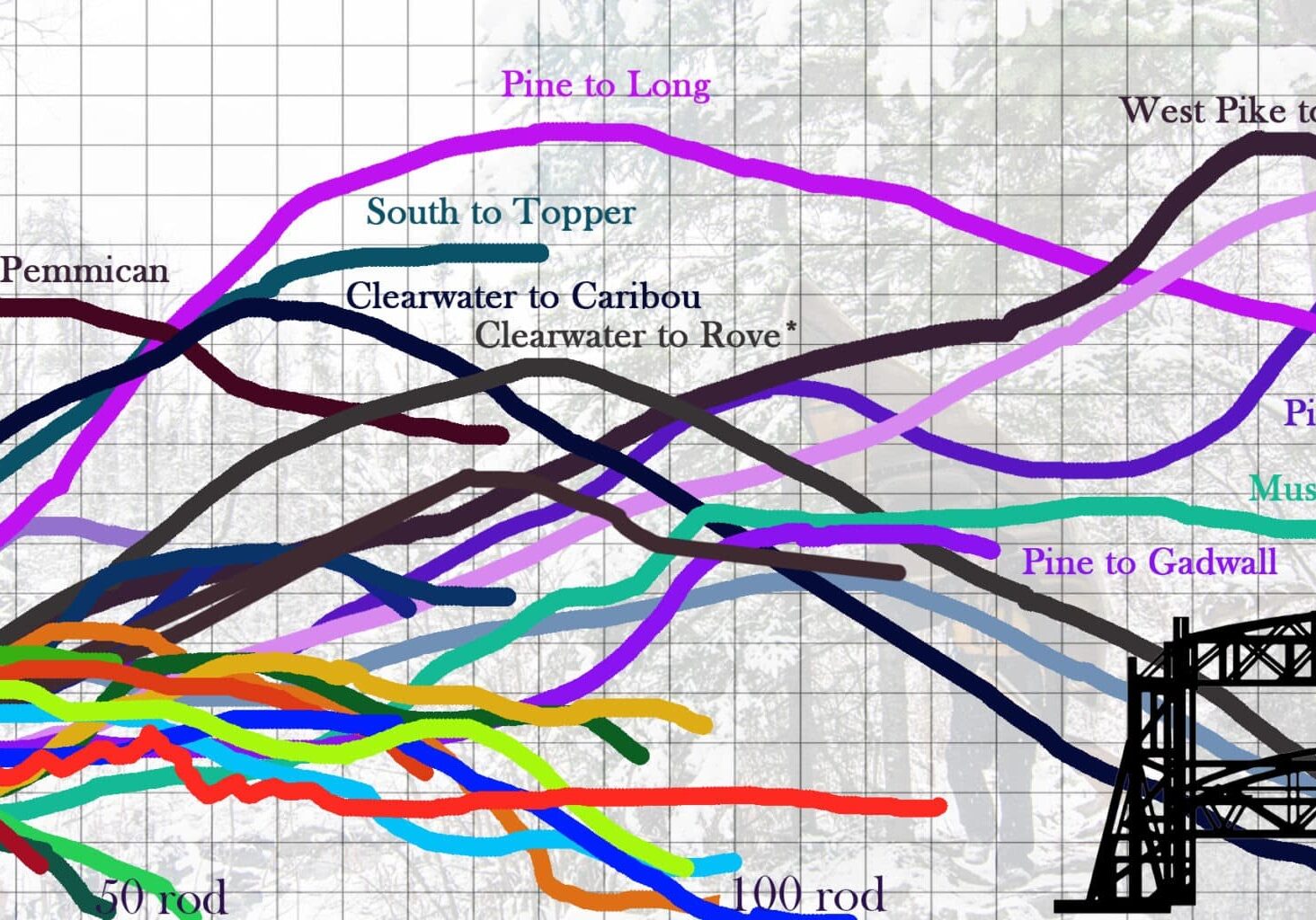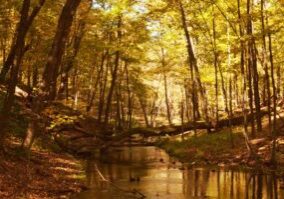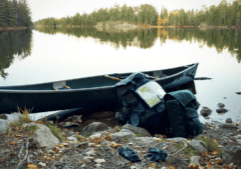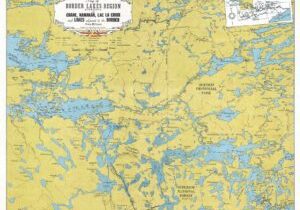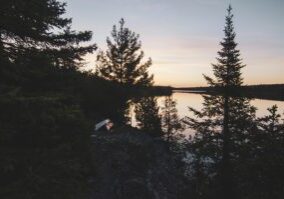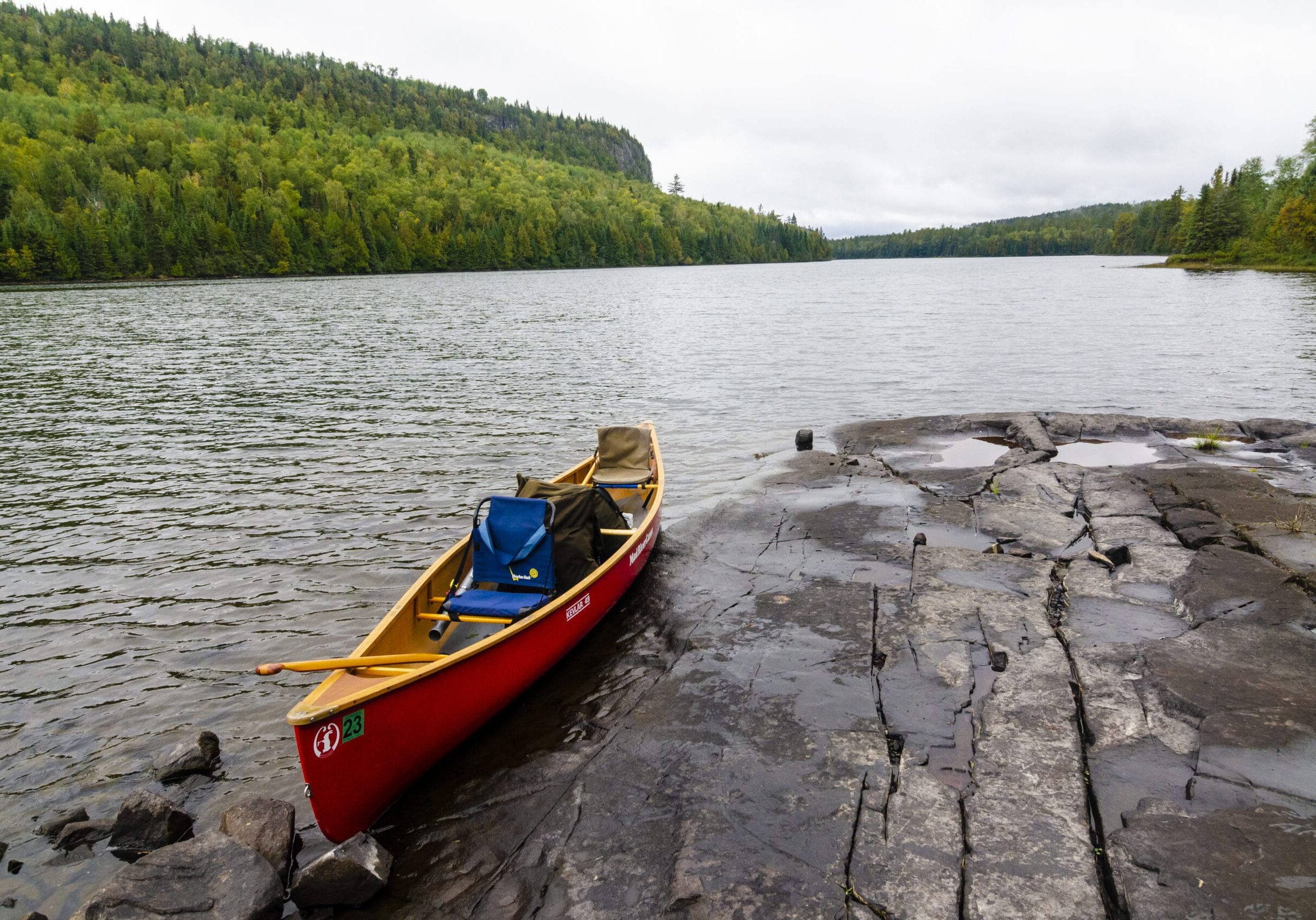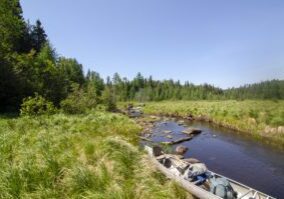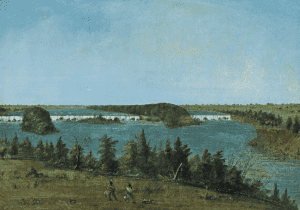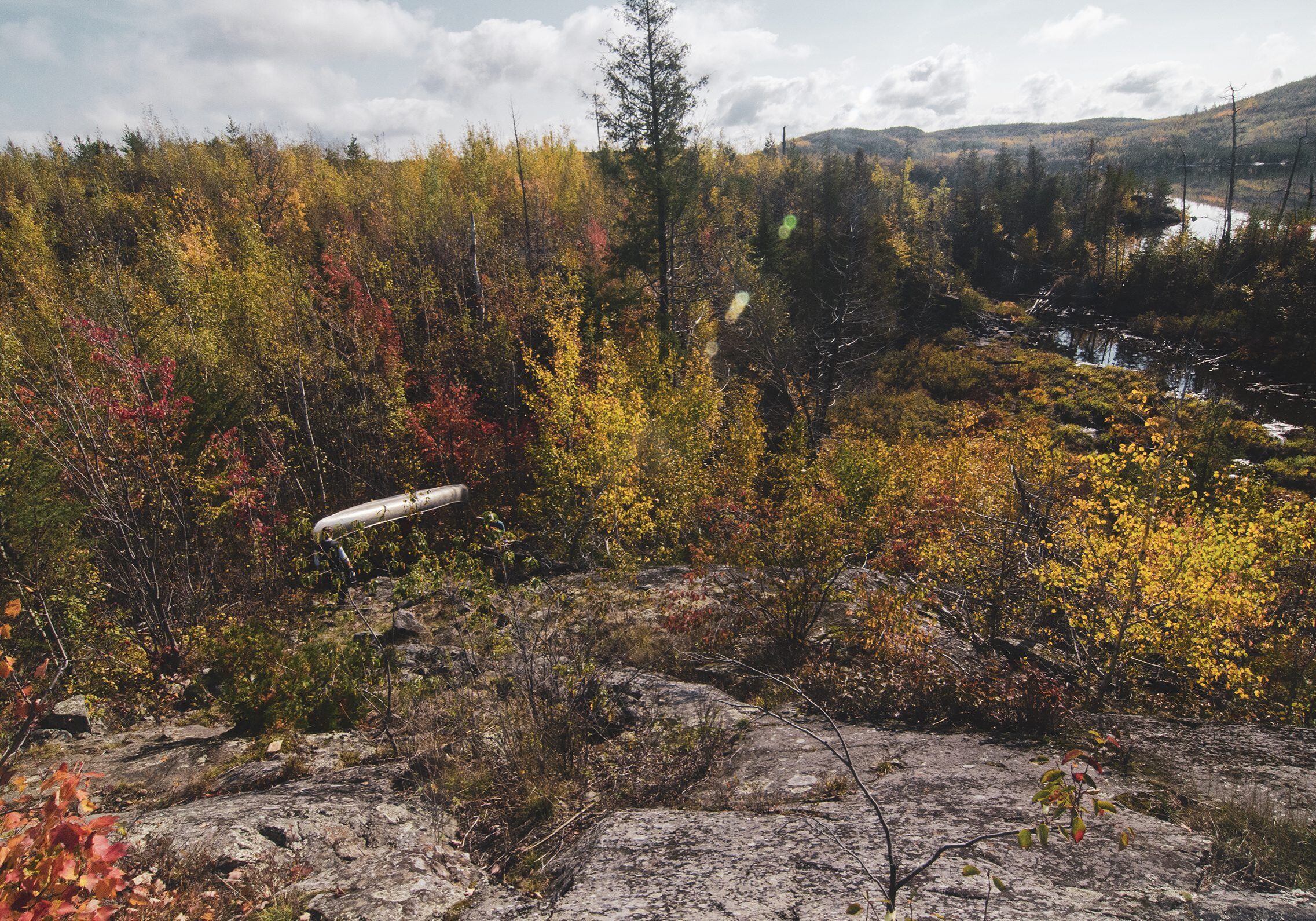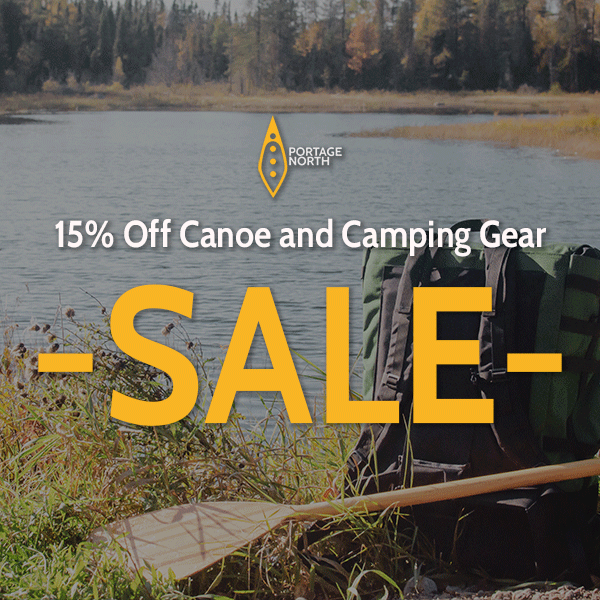Sign up for our newsletter to receive updates about new articles, great deals, and information about the activities you love and the gear that makes them possible:
Have You Read Our Other Content?
Upward, upward: Which portage is the tip top?
What is the most difficult portage in the BWCA? This is an impossible question to answer. Is it the steepest? How about the longest? How about the one that has the most mud, the most bugs, the slipperiest rocks, or the worst landing? In truth, the most difficult portage is an entirely subjective question bent…
8 Great Places to Canoe/Kayak Camp this Fall in Minnesota
Fall is a magical time of the year to get out and enjoy nature. And for me, I think it’s my favorite season to head out in a canoe to relish in the fleeting days of open water. The Boundary Waters are so special this time of year, and next week’s article will cover how…
Finding Solitude in the BWCAW
Though the Boundary Waters is the most visited wilderness area in the United States, it’s refreshingly empty compared to most national or state parks and seldom feels crowded. For many, the occasional encounter with another group is no big deal. But all of us dream about wilderness solitude at some point in our outdoor career:…
10 Lost Routes in the BWCA
Warm weather in February is a dangerous thing. If it’s too warm, the mind starts wandering ahead to summer canoe adventures. Warm weather only intensifies the time spent pouring over maps both in remembering treasured trips past and scheming the ones to come. And for me, one of the things I’m looking for on the…
Map Mondays – Week 4 – Bower Trout to Little Indian Sioux North
As part of our continuing series on the “route planning game,” we are creating routes using randomly selected entry points, exit points, and number of days to create unique and fun BWCA routes. This week’s randomly selected entry points set us up for a cross-BWCA trip. It’s a long, 10-night trip that covers most of…
The Twenty Greatest Rivers and Streams of the BWCA
What makes something great is often a subjective matter, one formed of comparisons and perspectives. Is it the large size? How about the incredible strength, power, or position? Is it the beauty or some other awe-inspiring attribute which draws admiration and respect. Take the Great Lakes as an example of many of these definitions. West…
Footsteps of the Past – Tracing Minnesota’s Historic Portages
. In 1992, a report was concluded as portages of historical significance were surveyed in order to be included in a bid for the National Register of Historic Places. As part of this survey, archeologists looked for signs of the past and recorded the conditions of the trails and how time had changed them. The results were varied. Some trails had vanished completely or become so overgrown that they were nearly impossible to follow. In a few places in Minnesota though, there are still opportunities to trod in the tread of voyageurs and native peoples alike with a canoe on your shoulders and a sense of adventure in your heart. The spirit of the portage is still very much alive in the land of 10,000 lakes. Here are some of the most historic portages in the state.
The 12 Longest Portages in Canoe Country
The act of portaging between two waterways is usually, understandably, an intentionally short affair. Paddle to the closest point between two water bodies and then portage. This doesn’t make it easy or “type 1 fun” every time, but it’s the burden we bear for wilderness travel. Some portages stick with us whether they are steep…


